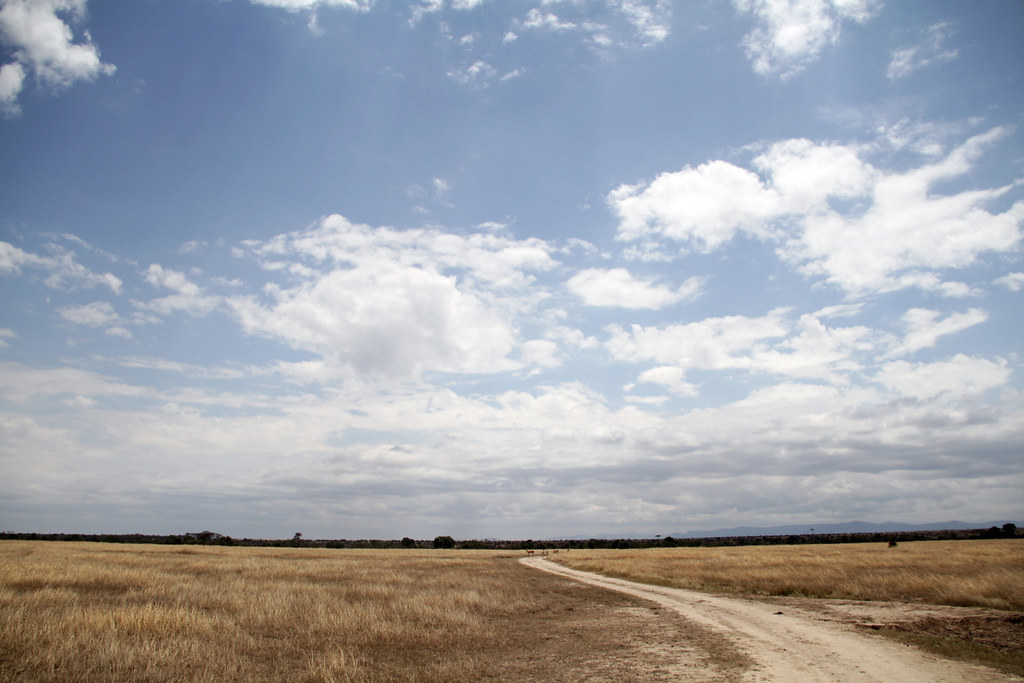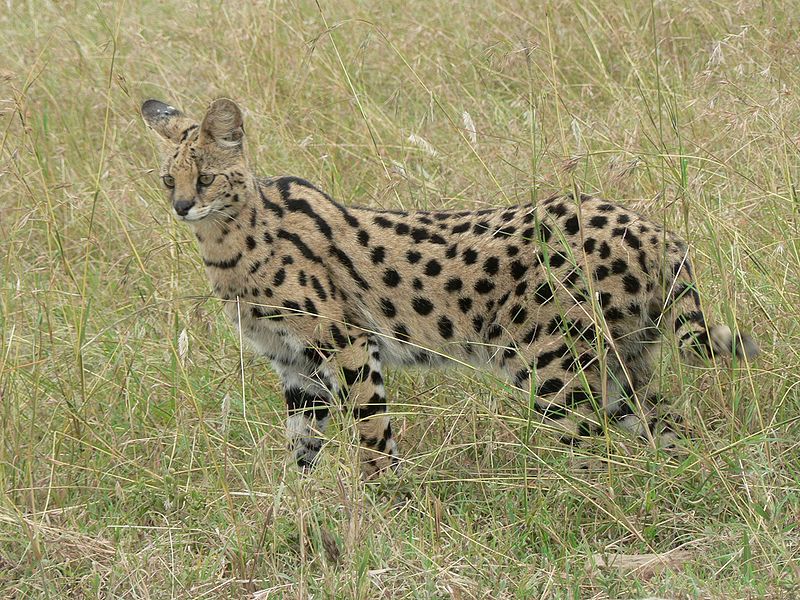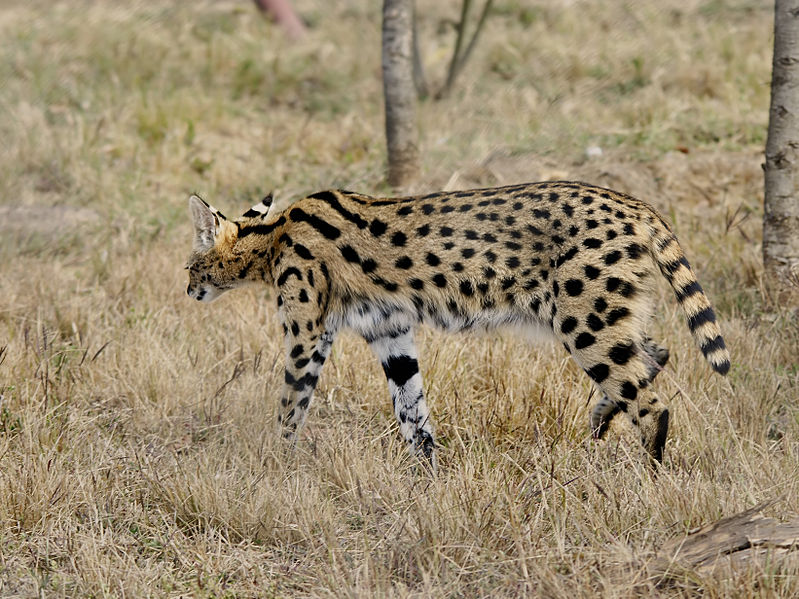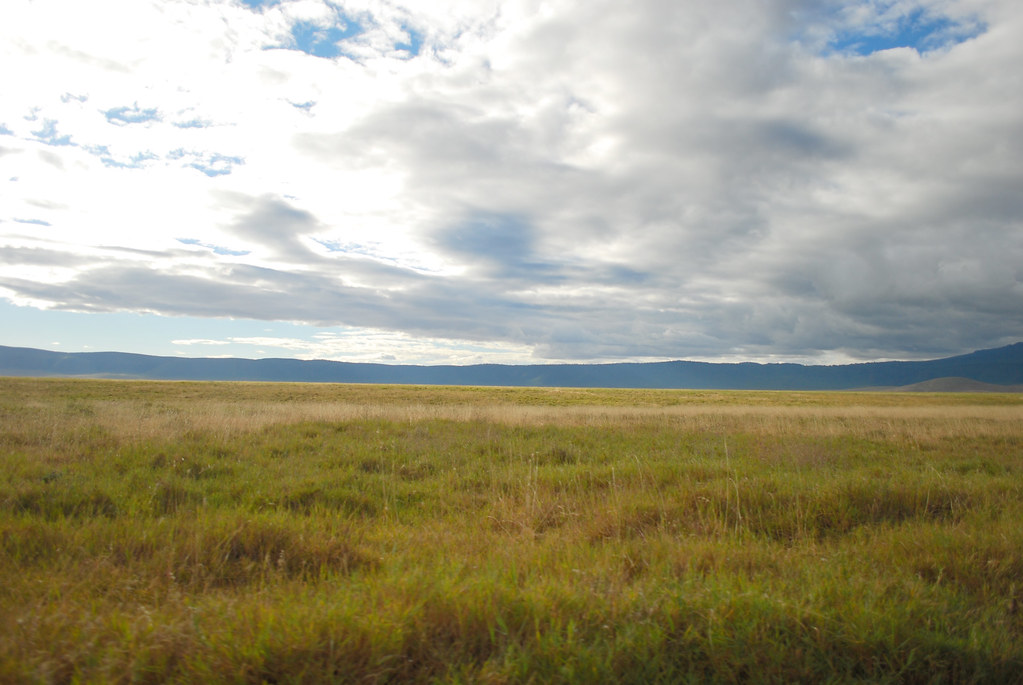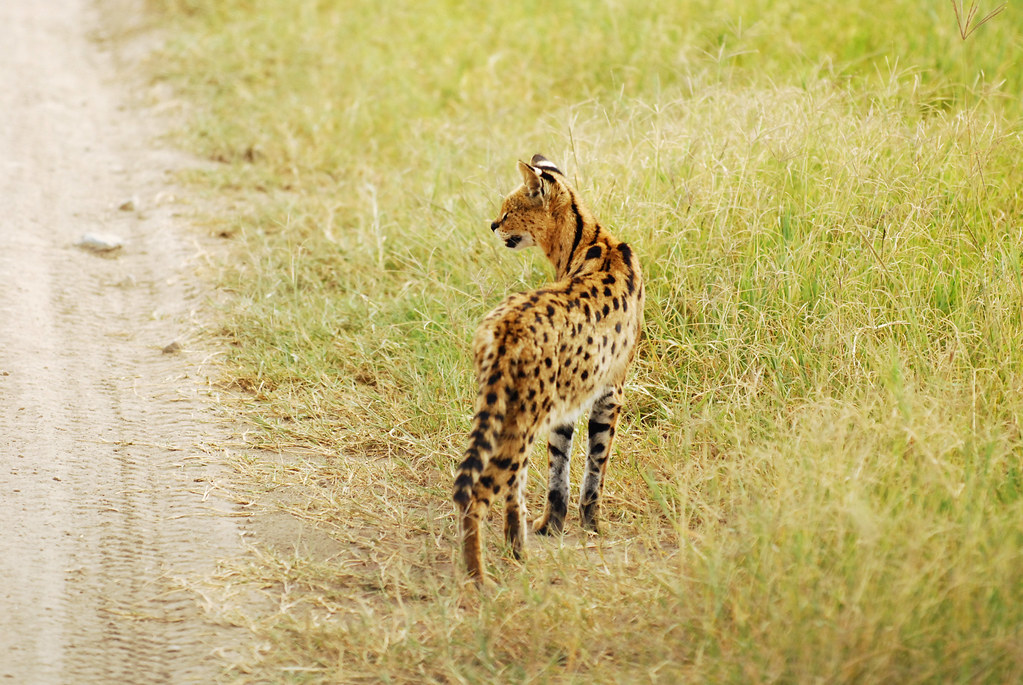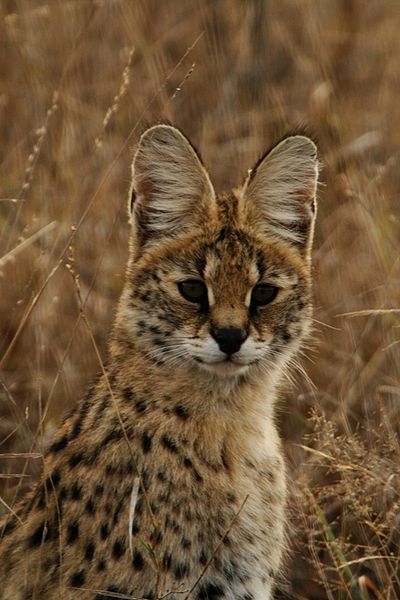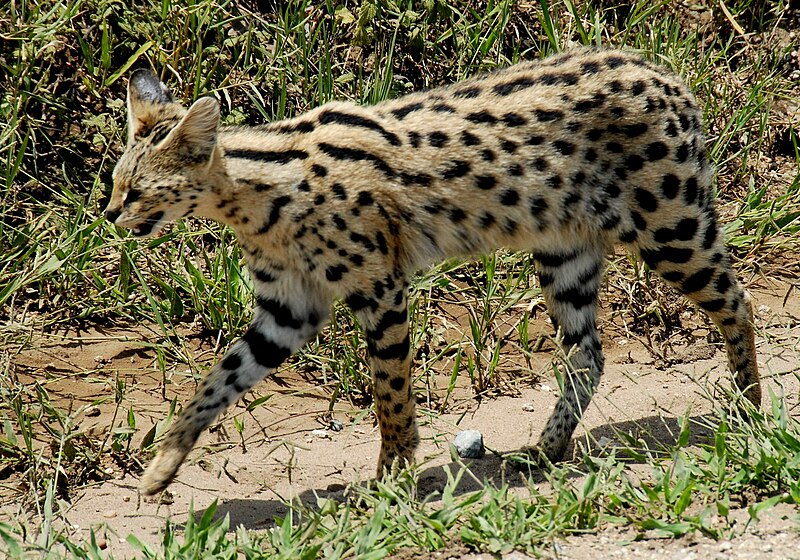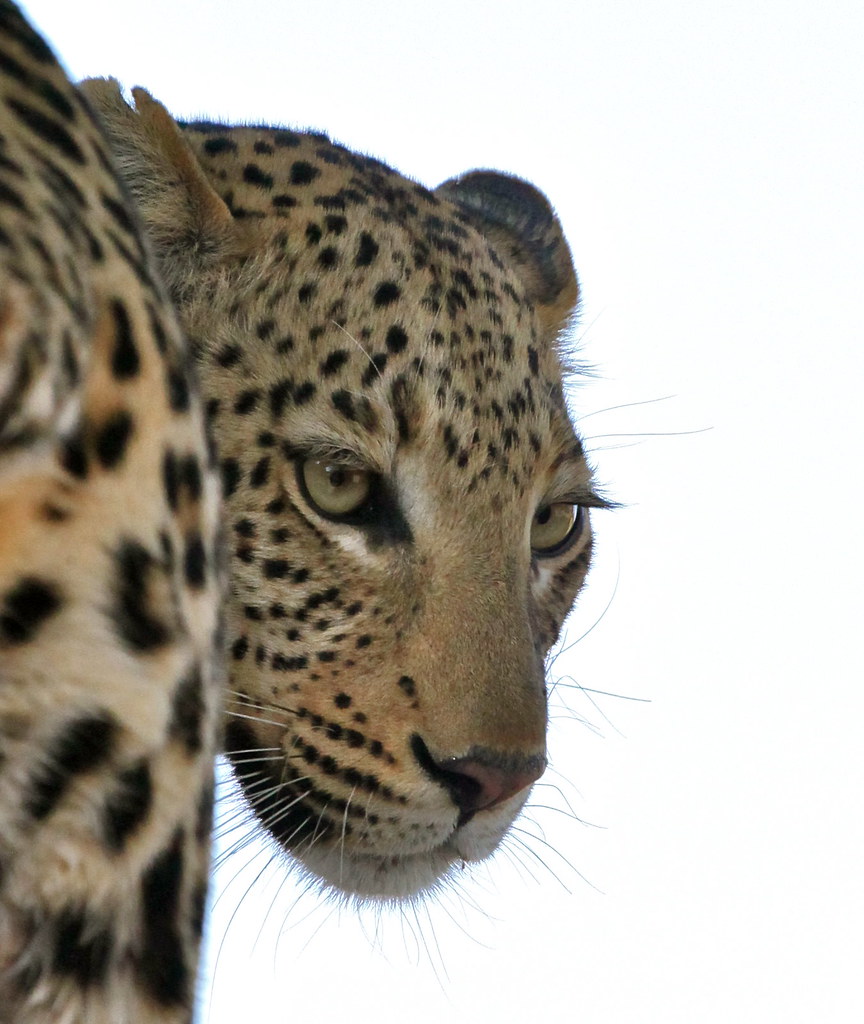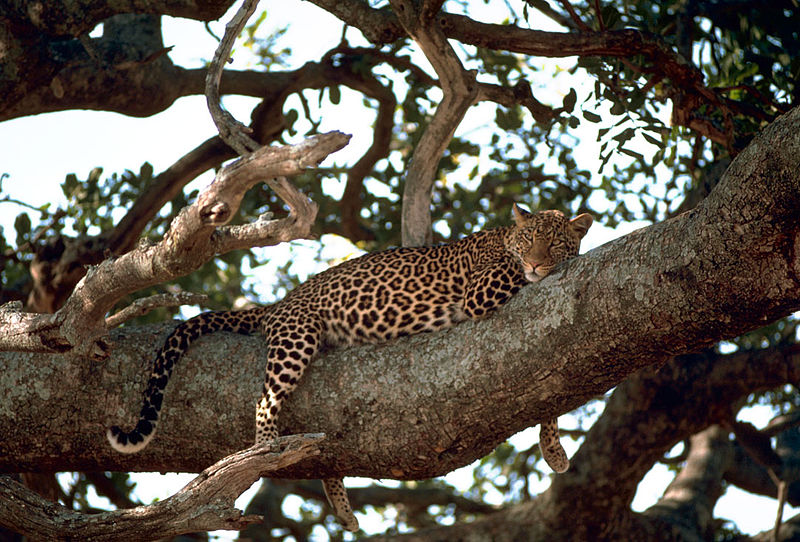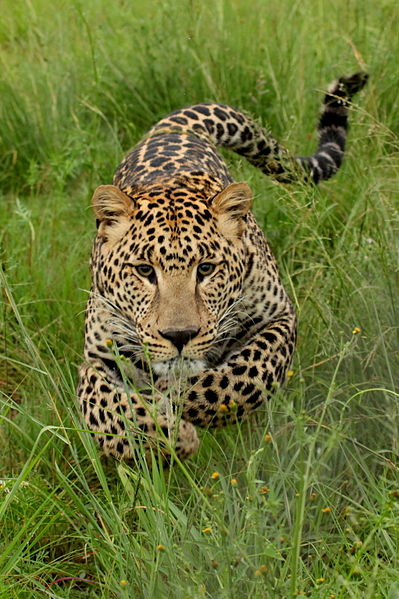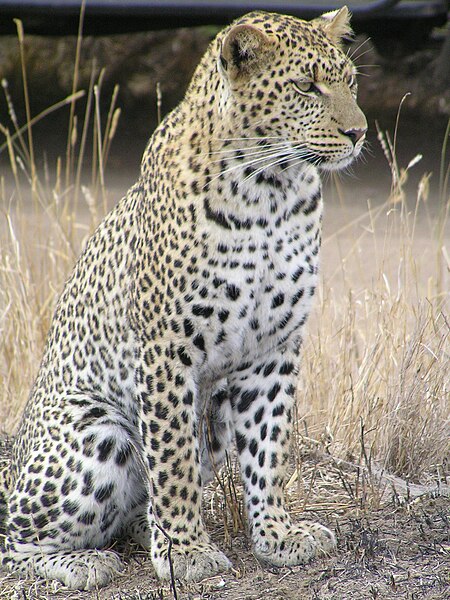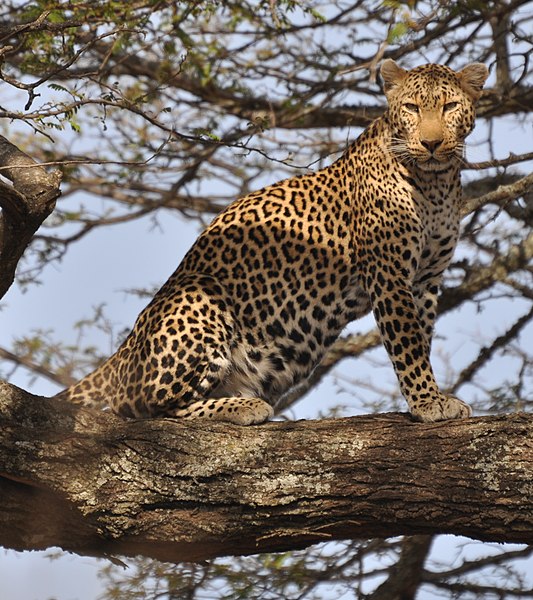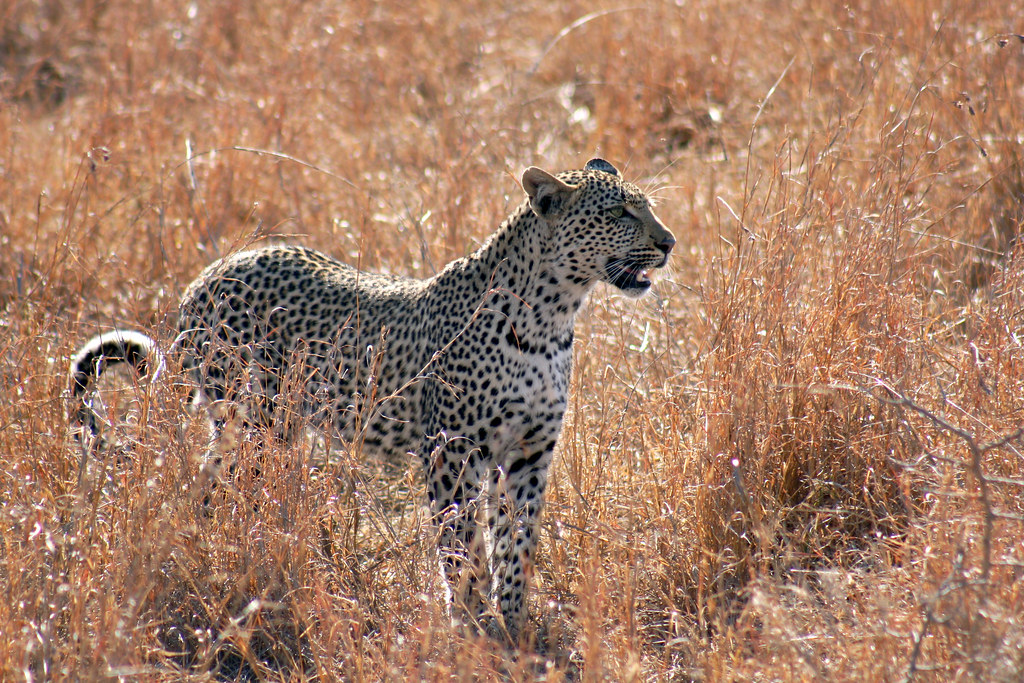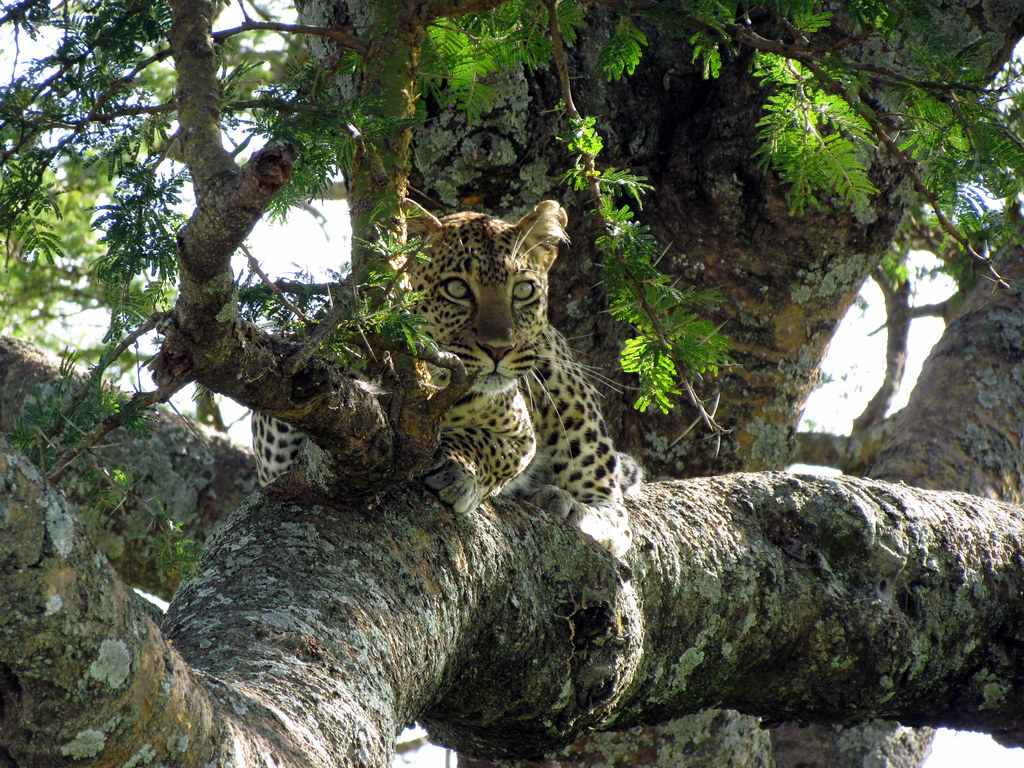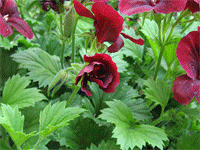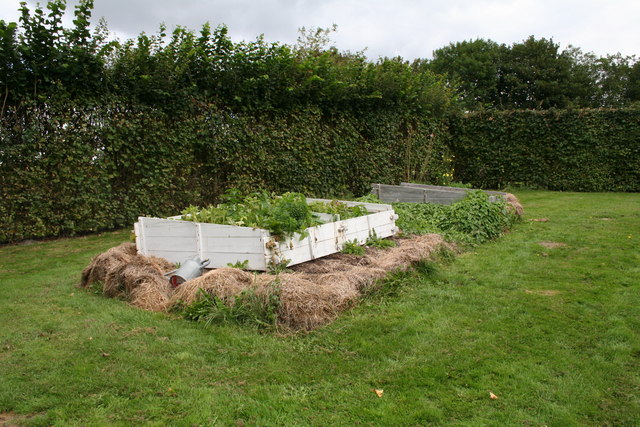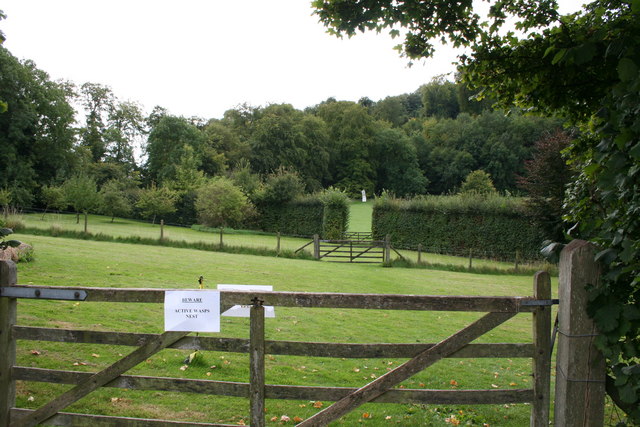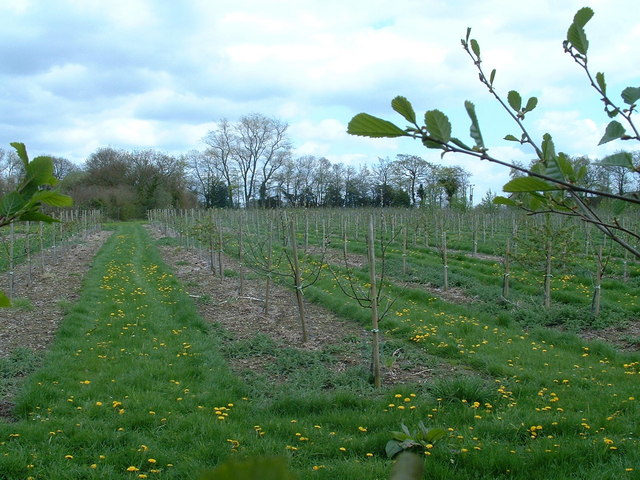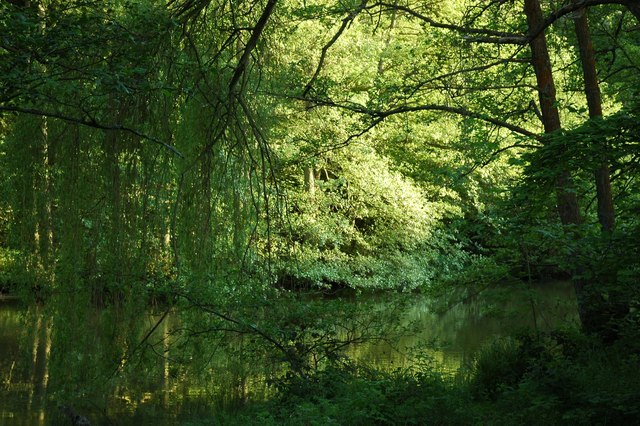.

Mānana (Rabbit Island), a small islet located off the eastern
windward shore of the island of Oahu, between Makapuu Point and
Waimanalo: photo by Vernon Brown, 25 April 2009
That’s where I used to live.
Close to Rabbit Island. That’s where
I used to sleep. Under that ironwood
at the end of that beach access—
Hihimanu Street. All the old naupaka
gone now where cubbyholes existed—
dry, windless places—just one or two
where I’d find him crashed, reeking,
needing to hold onto me like a man
in the whole bunch of trouble that he was.
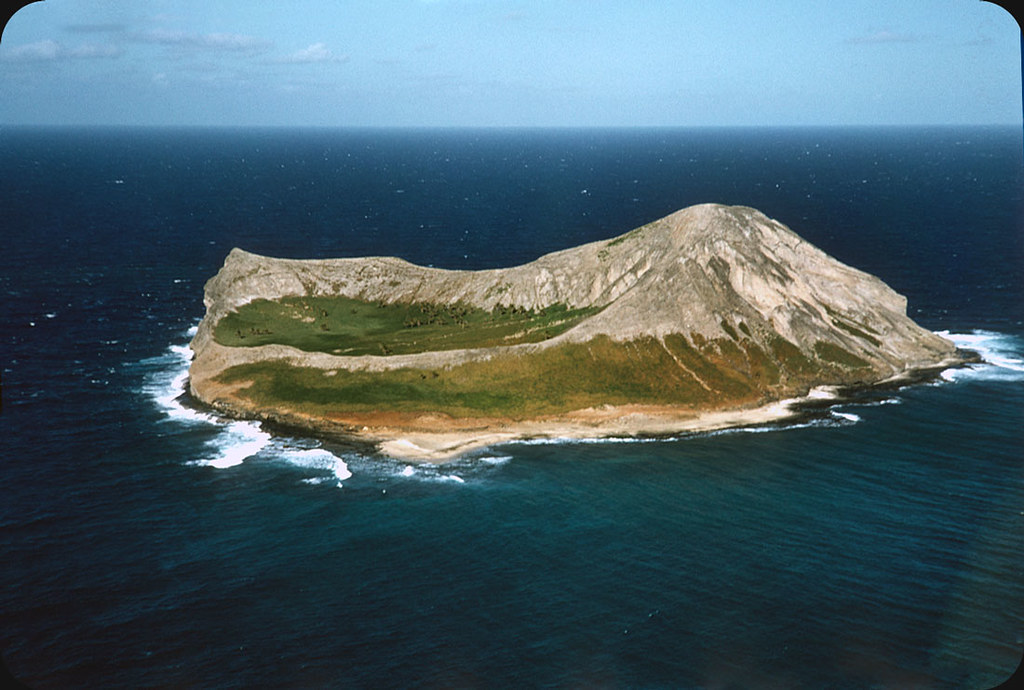
Mānana (Rabbit Island), Oahu: photographer unknown, original 1950s Kodachrome transparency; image by ElectroSpark, 4 March 2012
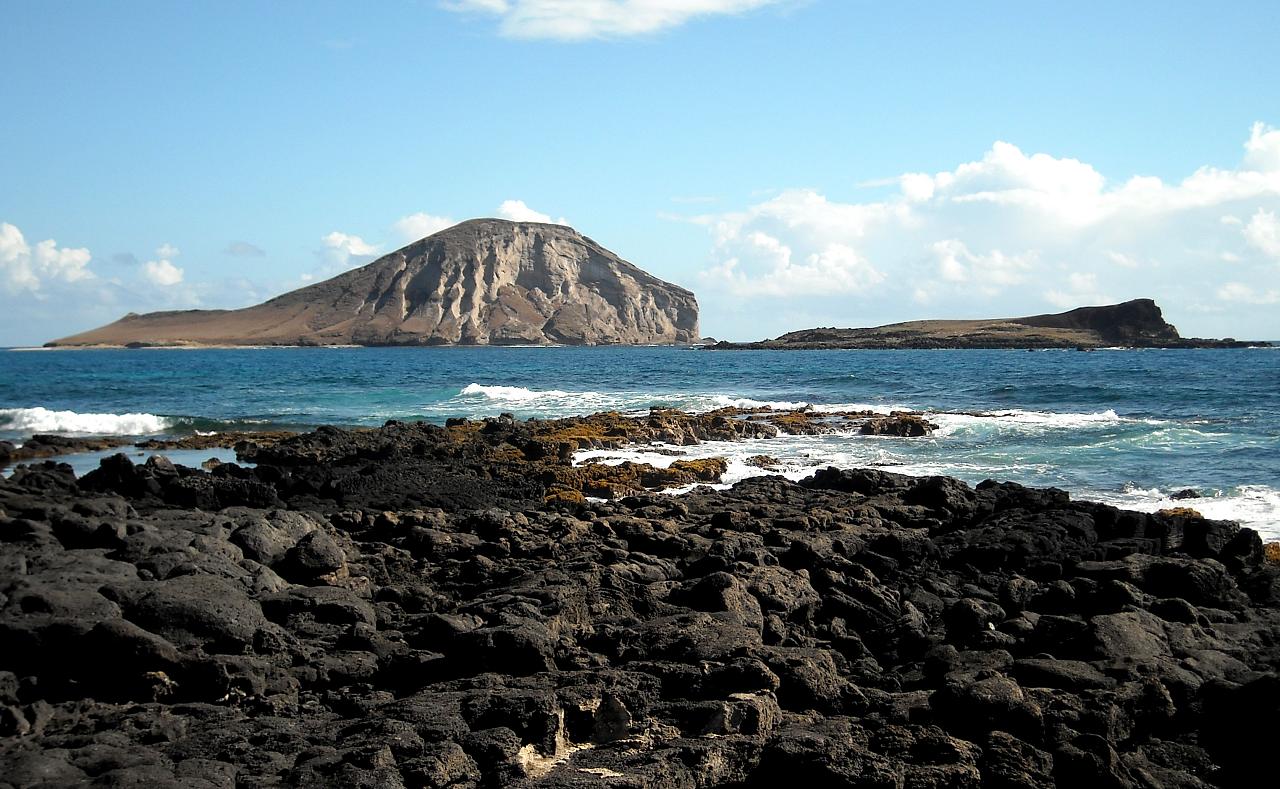
The island of Mānana, or Rabbit Island, with the smaller island of of Kaohikaipu in front of it (to the right in the photo): photo by Daniel Ramirez, 30 August 2008

Scaevola taccada (Beach Naupaka aka Naupaka Kahakai) (habitat). Mānana, Oahu: photo by Forest and Kim Starr, 25 February 2005 (from Plants of Hawaii)

Scaevola taccada (Beach Naupaka aka Naupaka Kahakai) (habitat). Mānana, Oahu: photo by Forest and Kim Starr, 25 February 2005 (from Plants of Hawaii)

Scaevola taccada (Beach Naupaka aka Naupaka Kahakai) (habitat). Kanaha Beach, Maui: photo by Forest and Kim Starr, 9 February 2001 (from Plants of Hawaii)
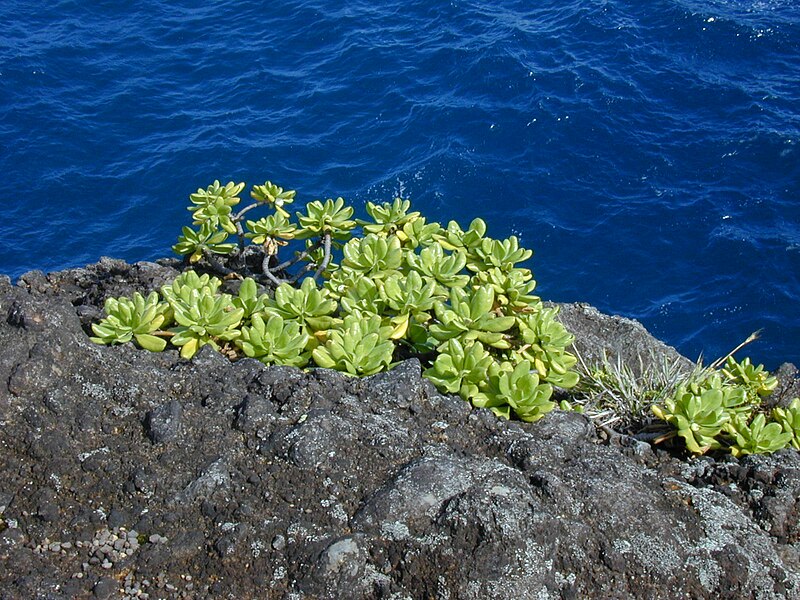
Scaevola taccada (Beach Naupaka aka Naupaka Kahakai) (habitat over ocean). Growing on rocky volcanic soil, Pauwalu Point, Maui: photo by Forest and Kim Starr, 12 October (from Plants of Hawaii)
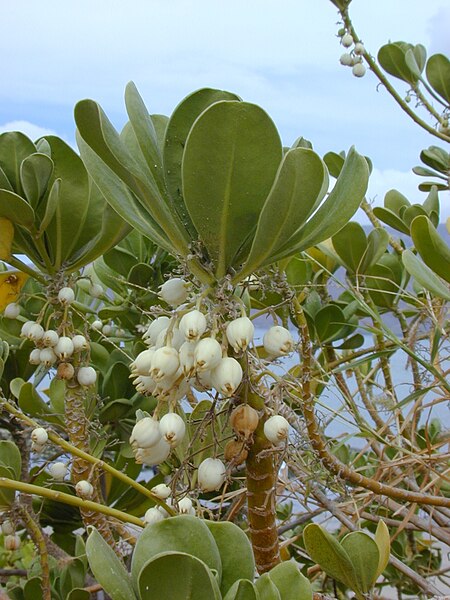
Scaevola taccada (Beach Naupaka aka Naupaka Kahakai) (fruits). Kihei, Maui: photo by Forest and Kim Starr, 9 March 2001 (from Plants of Hawaii)

Tournefortia argentea (Tree Heliotrope) (habitat). Growing amid volcanic tuff. With view of Mānana, or Rabbit Island, beyond. Kaohikaipu, Oahu: photo by Forest and Kim Starr, 24 February 2005 (from Plants of Hawaii)
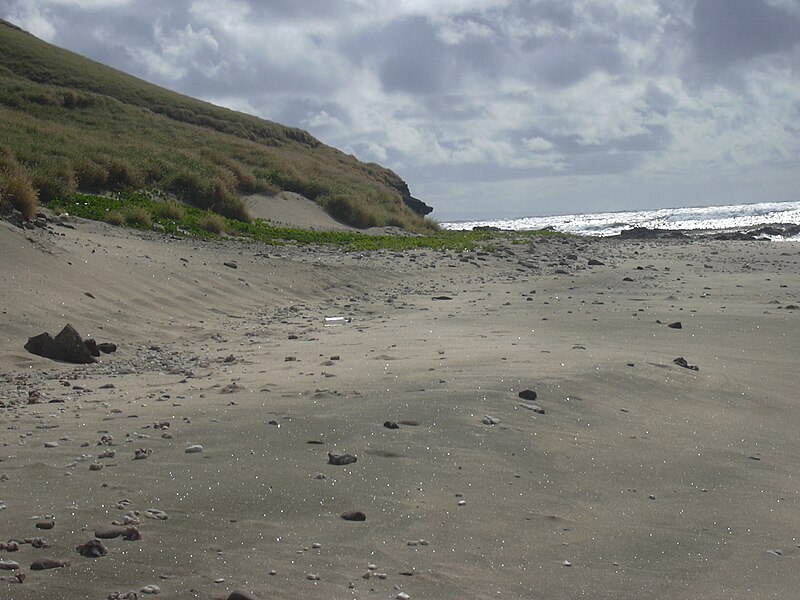
Ipomoea pes-caprae subsp. brasiliensis (Pohuehe/Beach Morning Glory) (habitat). Mānana, Oahu: photo by Forest and Kim Starr, 25 February 2005 (from Plants of Hawaii)

Pluchea indica (Indian Fleabane) (habitat). Mānana, Oahu: photo by Forest and Kim Starr, 25 February 2005 (from Plants of Hawaii)

Cenchrus ciliaris (Buffel Grass) (habitat). Mānana, Oahu: photo by Forest and Kim Starr, 25 February 2005 (from Plants of Hawaii)

Cenchrus ciliaris (Buffel Grass) (habitat). Mānana, Oahu: photo by Forest and Kim Starr, 25 February 2005 (from Plants of Hawaii)

Euphorbia hirta (Hairy Spurge) (habitat). Mānana, Oahu: photo by Forest and Kim Starr, 25 February 2005 (from Plants of Hawaii)

Argemone glauca (Pua Kala) (habitat). Mānana, Oahu: photo by Forest and Kim Starr, 25 February 2005 (from Plants of Hawaii)

Cenchrus ciliaris (Buffel Grass) (habitat). Mānana, Oahu: photo by Forest and Kim Starr, 25 February 2005 (from Plants of Hawaii)

Makapuʻu Point, Oahu, with Mānana (Rabbit Island) beyond: photo by Lukas, 17 September 2008

Mānana Islet, off the coast of O‘ahu in Hawai‘i, here seen from the end of the Makai Pier: photo by Eric Guinther, 18 July 2005
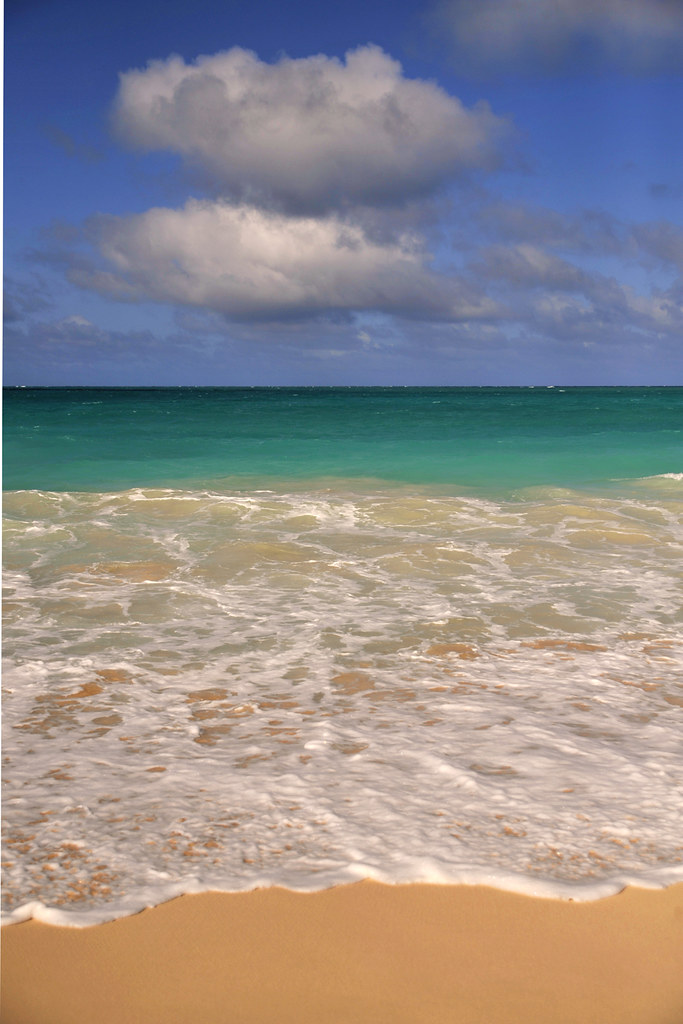
Waimanalo Beach Park, Oahu, Hawaii: photo by Joel Metlen, 6 May 2012

Waimanalo Beach Park, Oahu, Hawaii: photo by Sarah Gaston, 12 May 2012





